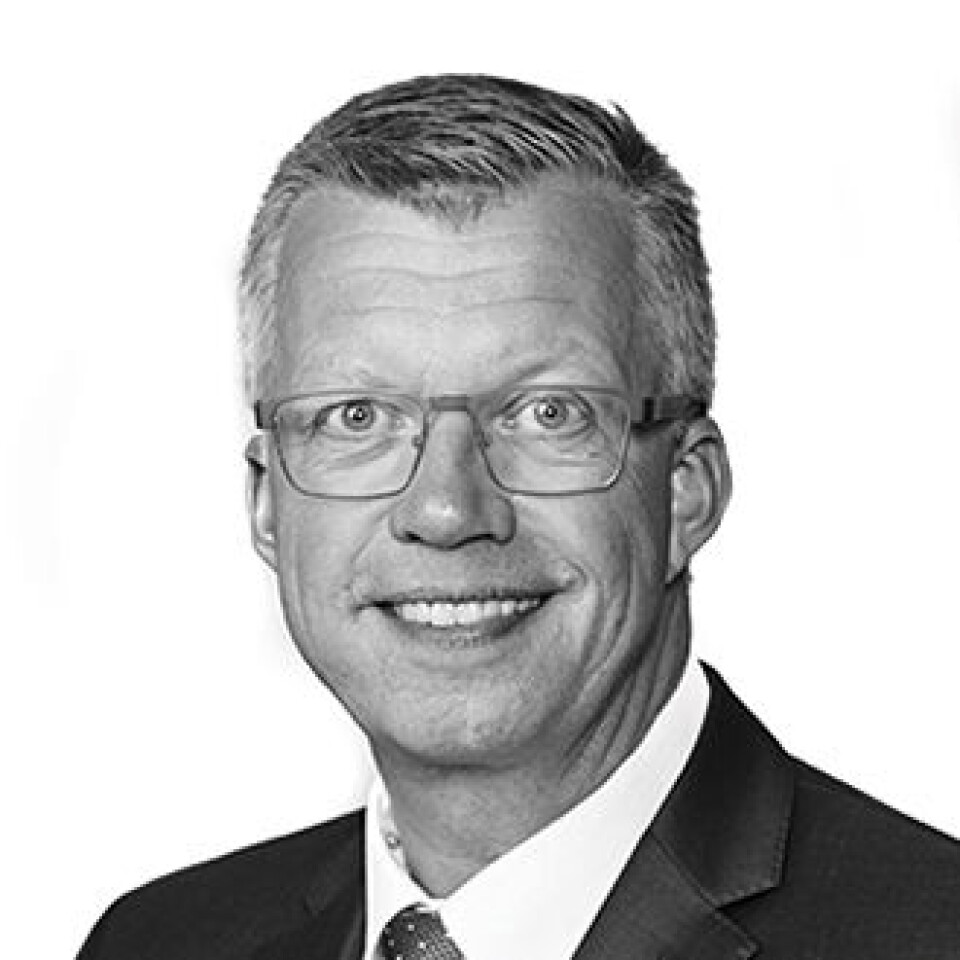
Aller Aqua phasing out South American soy in Europe
Feed producer Aller Aqua will have stopped using South American soy in its European-made products by the end of the year.
The company will instead supply regionally produced soy for its four feed plants in Denmark, Germany, Poland and Serbia.
“In recent years, there has been a lot of focus on soya produced in South America, and the derived effects thereof, such as deforestation and cultivation methods,” said Aller Aqua group vice president Henrik Halken in a press release.

Increasing sustainability
“In our work to continuously increase sustainability and purchasing raw materials in proximity to our European factories, we will now phase out the use of soya from South America.
“Our four European factories have already begun this process. In 2019, 50% of the soya we used in our European factories was regionally produced, and during 2020, this number will reach 100%.
“This is completely in line with EU initiatives supporting an increased production of protein crops to increase our self-sufficiency – and thereby reduce import.”
Development goals
He added: “We work actively with United Nations Sustainable Development Goals in all our factories. Raw materials are a significant part of the production process in aquafeeds, and it is therefore natural to focus on reducing environmental impact here.”
Halken said replacing imported protein for its Egyptian factory would be very problematic, as virtually none was grown in the region.
The company’s factory in China is also unable to rely only on locally grown raw materials.
“China is using 62% of the world’s soya and is not producing it all itself, so that is also a bit difficult,” said the executive.
Buying from smallholders
The picture is better at Aller Aqua’s tilapia feed plant in Zambia.
“Zambia is self-sufficient in soya and maize, so we are using local ingredients,” explained Halken.
“We are looking at buying from smallholders, to help them.”























































